Here are the must-read classic literature books to add to your reading list this year.
Some classic novels take a deliberate stance on societal issues. Others capture universal human truths. And almost all of them are great reads. From Wuthering Heights to Huckleberry Finn, classic novels are a mainstay on high school reading lists and literature enthusiasts’ bookshelves.
While some classic novels were immediate best-sellers, it took time for others to be fully recognized for their greatness. Sadly, some authors of the great classics didn’t live long enough to see their work become loved by readers worldwide. Here, we’ll look a some of the most-loved classic literature books everyone should read, spanning from historical novels to more recent works. You’ll surely find a title for your next book club meet-up!
Contents
- 1. To Kill A Mockingbird by Harper Lee
- 2. Animal Farm by George Orwell
- 3. The Great Gatsby by F. Scott Fitzgerald
- 4. Great Expectations by Charles Dickens
- 5. Frankenstein by Mary Shelley
- 6. The Catcher in the Rye by J.D. Salinger
- 7. Wuthering Heights by Emily Brontë
- 8. Moby Dick by Herman Melville
- 9. The Lord of the Rings by J.R.R. Tolkien
- 10. Anna Karenina by Leo Tolstoy
- 11. Little Women by Louisa May Alcott
- 12. The Grapes of Wrath by John Steinbeck
- 13. Song of Solomon by Toni Morrison
- 14. Fahrenheit 451 by Ray Bradbury
- 15. Huckleberry Finn by Mark Twain
- 16. The Brothers Karamazov by Fyodor Dostoevsky
- 17. The Old Man and the Sea by Ernest Hemingway
- 18. Mrs. Dalloway by Virginia Woolf
- 19. War and Peace by Leo Tolstoy
- 20. The Picture of Dorian Gray by Oscar Wilde
- 21. One Hundred Years of Solitude by Gabriel Garcia Marquez
- 22. Pride and Prejudice by Jane Austen
- 23. Dracula by Bram Stoker
- 24. Jane Eyre by Charlotte Bronte
- 25. The Iliad by Homer
- 26. The Odyssey by Homer
- 27. Alice’s Adventures in Wonderland by Lewis Carroll
- 28. Don Quixote by Miguel de Cervantes
- 29. A Christmas Carol by Charles Dickens
- 30. Treasure Island by Robert Louis Stevenson
- Best Classic Books FAQs

1. To Kill A Mockingbird by Harper Lee
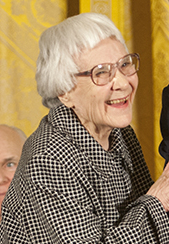
This coming-of-age tale tells the story of Scout and her father, Atticus, in the profoundly prejudiced South. As Atticus works to fight injustice, Scout grows up, and readers get to watch both of them grow, learn, and decide how to fight for what’s right.
First published in 1960, the book has become a mainstay in high school and college classrooms throughout the United States, opening discussions on racism, history, and justice. The story is a tale of heroism, heartbreak, family, and overcoming adversity. Her estate published a controversial follow-up, Go Set a Watchman, in 2015. Lee died in 2016.
2. Animal Farm by George Orwell
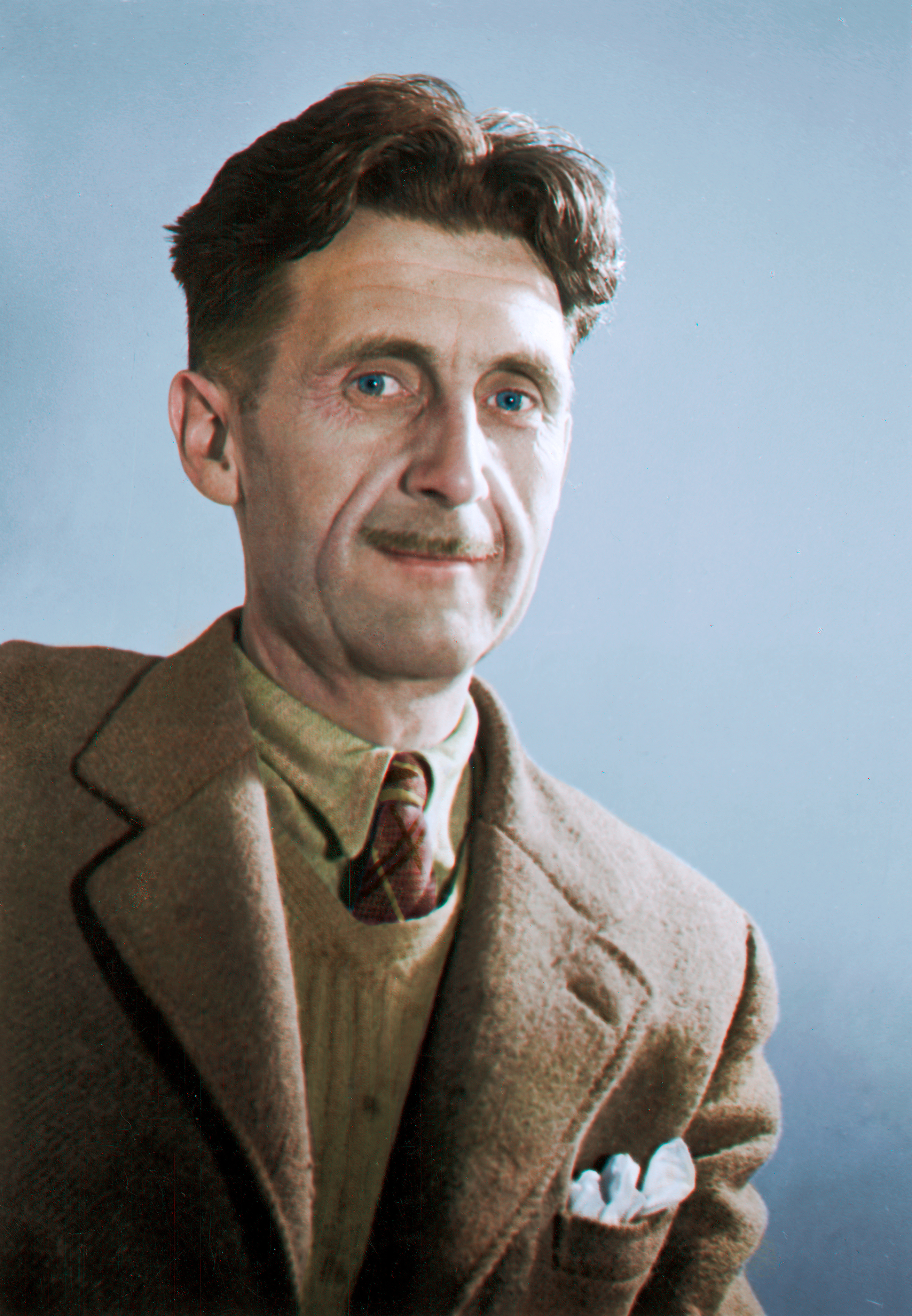
Written in 1946, Orwell’s satirical novel offers a unique take on the Russian Revolution and has become a beloved part of classic American literature. In the book, Mr. Jones’s Manor Farm changes into a democratic society, but the pigs emerge as leaders, and soon, the animals realize that the society is anything but equal. The book creates an interesting framework for book club readers to discuss how a society can change when some decide that they’re for or against a ruling group. For more titles like this, check out our guide to the best satire authors.
3. The Great Gatsby by F. Scott Fitzgerald

F. Scott Fitzgerald’s classic American novel was published in 1925 and provides a glimpse into the opulence of the Roaring Twenties. Readers are on the edge of their seats as they watch Gatsby begin his courting of Daisy, who he previously lost, and how he uses his tenant, Nick, in an attempt to win her heart once again. Gatsby’s parties spare no expense, and he believes he’ll be able to use his great shows of wealth to get the love of his life back. The book provides an interesting take on the prohibition period of United States history. It’s a revealing insight into how much American life has changed over the past century.
4. Great Expectations by Charles Dickens
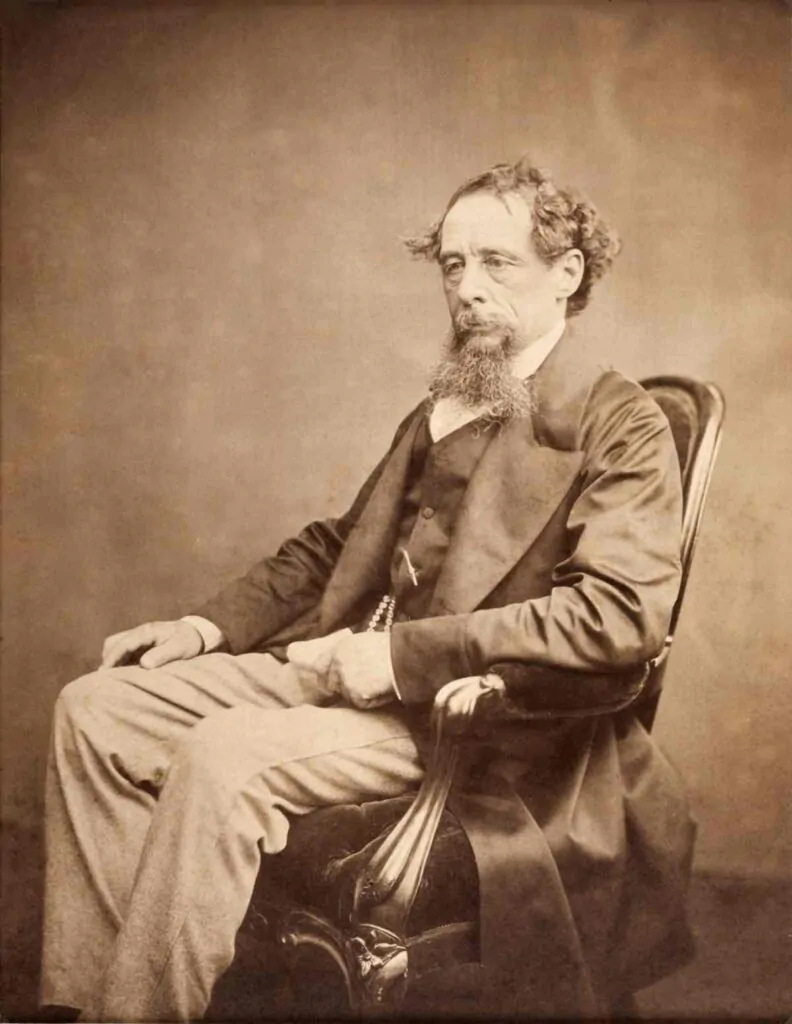
First published in 1860-1 as a weekly story, Great Expectations is widely recognized as a classic 19th-century novel. The tale follows the misadventures of Pip, an orphan who rises from poverty. A mystery benefactor helps Pip rise to wealth. Pip is recruited as a companion to a wealthy young lady named Estella, who makes fun of Pip’s humble beginnings and makes him embarrassed about his rough start in life. Pip eventually leaves for London and quickly learns that character, not wealth, makes a man.
5. Frankenstein by Mary Shelley

This classic gothic American novel sheds light on questions of humanity, including the meaning of life and the thin line between good and evil. Victor Frankenstein, a young scientist, creates a monster that quickly develops out of his control, creating events that young Frankenstein cannot mitigate. The scientist is forced to watch as his creation destroys the very things he loves, despite his attempts to destroy it.
Sadly, it’s revealed the monster wanted the things humans crave most—love and affection—but its untoward appearance scared away anyone who could provide it with the comfort it so desperately desired. For more recommendations like this, check out our guide to the best horror authors.
6. The Catcher in the Rye by J.D. Salinger

This coming-of-age tale shares the story of Holden Caulfield, a Pennsylvania prep school boy who leaves his comfortable home to explore underground New York City. The book is famous for its employment of an unreliable narrator. At times, he contains more wisdom than should be possible for a 16-year-old. On other occasions, he’s reckless and immature. Salinger explores Holden’s thoughts and experiences as he struggles with alienation, the phoniness of adult society, and the loss of innocence. It’s a fun tale about growing up and finding one’s place in life.
7. Wuthering Heights by Emily Brontë

In this 1847 classic, two families—the Earnshaws and the Lintons—have an up-and-down relationship that hinges on the Heathcliff Earnshaw, the family’s adopted son. While the book is widely accepted as a classic today, it was controversial in its time. The story describes the difficulties and cruelty of Victorian life with a frankness that was uncommon for its time. While Wuthering Heights is the author’s only published novel, as she died aged 30 of tuberculosis. For more titles like this, check out our guide to the best British authors.
8. Moby Dick by Herman Melville
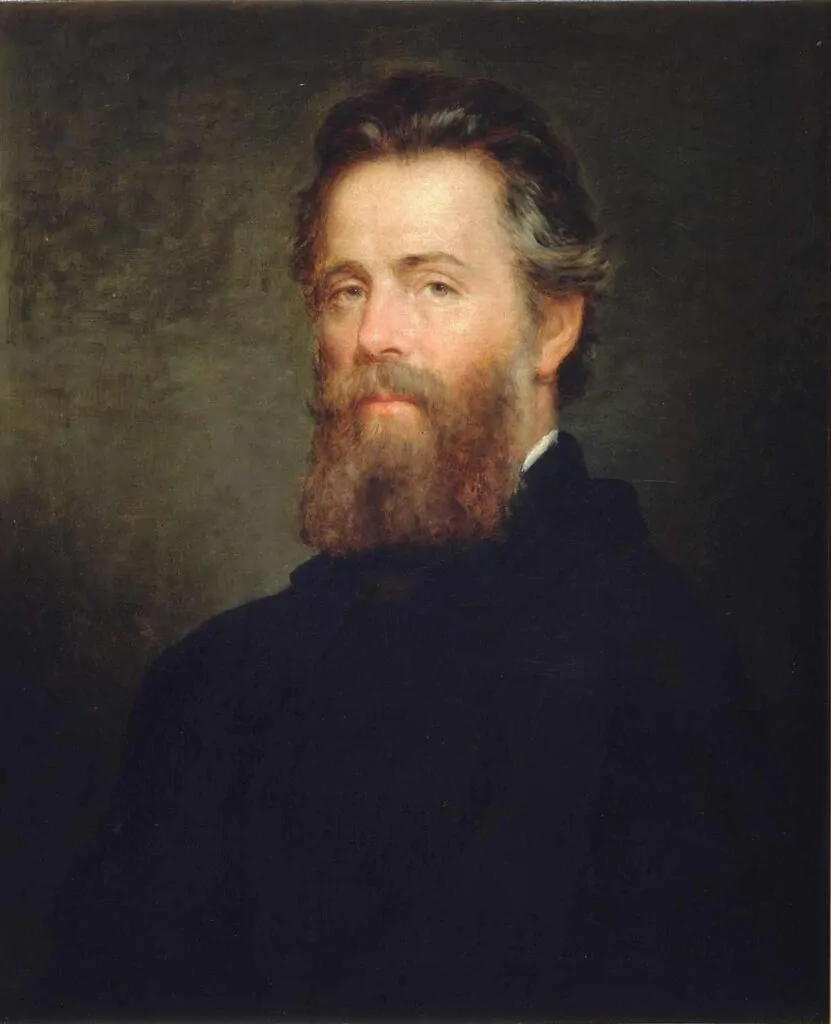
Also known as The Whale, Moby Dick tells the story of Ahab, who is on a quest for revenge against Moby Dick, a sperm whale who destroyed one of Ahab’s whaling ships and caused the amputation of his leg below the knee. The book was published in 1851 and was a commercial failure. Melville never saw the book’s overwhelming success before his death in 1891. A challenging read, Moby Dick took many years to become known as a great American classic. Today, it’s also regarded as one of the best maritime life books.
9. The Lord of the Rings by J.R.R. Tolkien

Set in the fantastical world of Middle Earth, J.R.R. Tolkien’s The Lord of the Rings series is a classic high-fantasy book. It also harks back to the horrors of World War I and II. Readers join Gandalf, Frodo, Aragon, and Samwise as they attempt to destroy the One Ring and defeat Sauron. The book is famous as a cornerstone fantasy work and for Tolkein’s myth-building and construction of fantasy lore and languages.
10. Anna Karenina by Leo Tolstoy
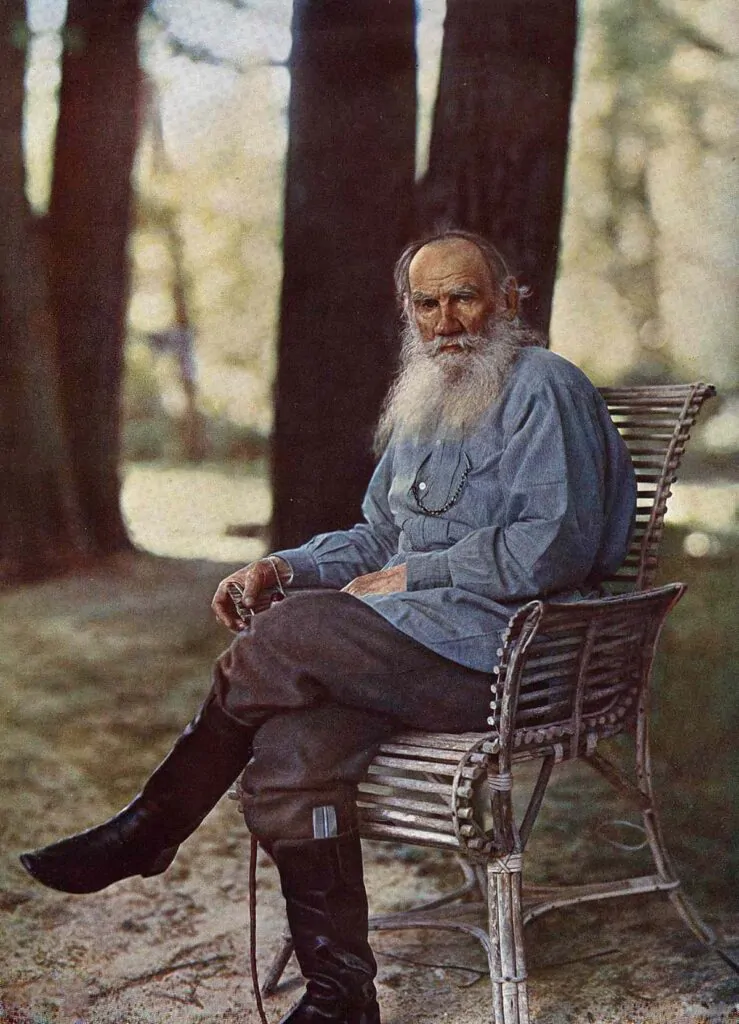
Published in serial form between 1873-77, Tolstoy writes about a remarkable woman—Anna Karenina. She becomes deeply unhappy in her marriage to the high-ranking government official Alexei Karenin and has an affair with Count Vronsky.
Karenina and Vronsky’s affair represents how many people in the world—both in Tolstoy’s time and today—struggle to find satisfaction and peace. In addition to the romance between Karenina and Vronsky, readers also love the contrasting story of Kitty and Levins and how their relationship develops over time. The two stories play against one another, showing that real love can differ for different people. The tragic ending is a shocker. For more like this, read our guide to the best Russian authors.
11. Little Women by Louisa May Alcott

Little Women has stood the test of time, as the March sisters have become beloved by generations of readers and moviegoers. While Little Women is told from the female perspective, the lessons and situations in the story transcend time and gender, and readers from all walks of life find that they can identify with the March family. In addition to diving deep into love, life, and family relationships, this classic novel also delves into coming-of-age issues and societal restrictions faced by both women and people who were regarded as a part of the lower class.
12. The Grapes of Wrath by John Steinbeck

Steinbeck’s American classic tells the tale of suffering during the Great Depression in America. First published in 1939, the book shocked readers with its detailed descriptions of life for migrants in the Dust Bowl looking for work and a better life. We meet The Joads who, along with thousands of other “Okies,” leave the Dust Bowl region and face a journey filled with hardship and uncertainty. They encounter both kindness and cruelty from strangers, as well as the harsh realities of living in a society that values profit over people.
While the book heartbreakingly describes broken dreams, it’s also relatable to those who have endured suffering and have experienced broken dreams. Steinbeck is famous for his detailed descriptions of characters and their hardships. For more titles like this, read our guide to the best American authors.
13. Song of Solomon by Toni Morrison

Published in 1977, this coming-of-age tale details the life of Milkman Dead. On the day of his birth, Milkman Dead’s grandfather leaps out of a window to his death. Dead is the son of a wealthy black family and is raised in a privileged environment. As he grows older, he becomes increasingly disillusioned with his life and begins to search for a sense of identity and belonging. Many people surrounding Milkman struggle to relate to him.
Throughout Song of Solomon, readers see Milkman travel, grow up and develop a deep relationship with his family, finally beginning to understand them. The novel also explores the idea of community and the power of connection to one’s heritage and history. Milkman’s journey of self-discovery is ultimately one of healing and reconciliation, as he comes to understand and accept his place in the world.
14. Fahrenheit 451 by Ray Bradbury

This dystopian novel tells the story of Guy Montag, a fireman who lives in a world where firefighters are charged with starting fires instead of putting them out. Montag is in charge of getting rid of printed books, as they’re forbidden in his society. Television rules the roost in Montag’s society and his home. He’s exceptionally bored by his wife Mildred, who spends her days staring at the television.
Eventually, Montag meets a new friend, Clarisse, who talks to him about the world of the past, where people immersed themselves in books instead of numbing their minds with television. Over time, Montag becomes intrigued with the world Clarisse describes and begins to hoard books in his home—and eventually is forced to flee after those in charge discover his illegal activities. For more books like this, read our guide to the best science fiction authors.
15. Huckleberry Finn by Mark Twain

Written by Mark Twain in 1884, this coming-of-age story follows the adventures of a young boy named Huckleberry Finn as he travels down the Mississippi River with an escaped slave named Jim. The novel is set in the southern United States. It is known for its realistic portrayal of the time period, particularly its depiction of slavery and the treatment of African Americans.
Huck faces moral dilemmas and grapples with societal expectations. Huck and Jim have a series of adventures, including floating down the river on a raft, encountering con artists and criminals, and reaching Cairo, Illinois, where they plan to escape slavery. The novel is famous for its humor, satire, and exploration of themes like freedom, individualism, and the moral ambiguity of human nature.
16. The Brothers Karamazov by Fyodor Dostoevsky
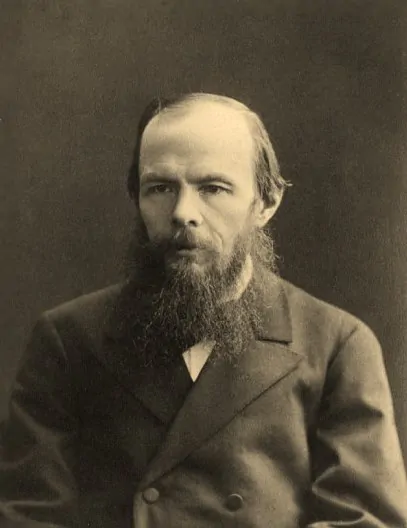
The Brothers Karamazov is one of the most popular books by Russian novelist Fyodor Dostoevsky. The story is set in 19th-century Russia. It centers around the four Karamazov brothers, Dmitry, Ivan, Alexei, and their father, Fyodor. The novel explores themes like morality, faith, and the nature of existence.
The novel is divided into twelve shorter books, each dealing with the relationships and conflicts between the brothers, their father, and other characters. The novel’s central theme is the struggle between good and evil, both within the characters and in the world at large. This psychological and philosophical novel also deals with the idea of God and the existence of an afterlife and the nature of reason and faith. Crime and Punishment is another classic book by Dostoevsky. It deals with morality, madness, and ethics.
17. The Old Man and the Sea by Ernest Hemingway
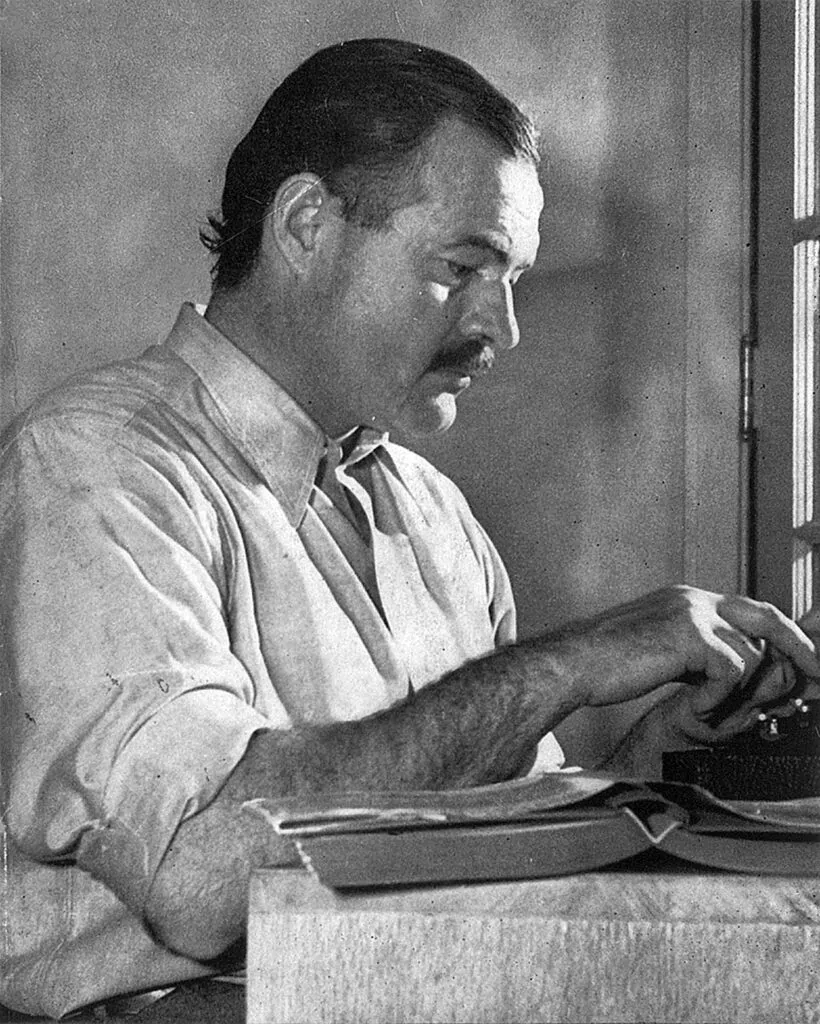
It’s challenging to pick one book by this American author as many of Hemingway’s best novels, and even short stories, are considered classics. But, The Old Man and the Sea is perhaps his most accessible literary work. A short novel, it tells the story of an elderly Cuban fisherman named Santiago, who has gone 84 days without catching a fish. Despite his poor luck, Santiago remains determined to catch a large marlin.
One day, he sets out to sea with his small skiff, and after a long and grueling battle, he finally catches a giant marlin. However, sharks attack and devour the marlin on the way back to shore, leaving Santiago with only the skeleton and a sense of triumph for having caught such a magnificent fish. Throughout the novel, Santiago faces many struggles, both physically and mentally.
The novel is a powerful and moving story of one man’s quest for success and the triumph of the human spirit over adversity. It also represents Hemingway’s meditation on themes of aging, the human condition, and the nature of heroism.
18. Mrs. Dalloway by Virginia Woolf
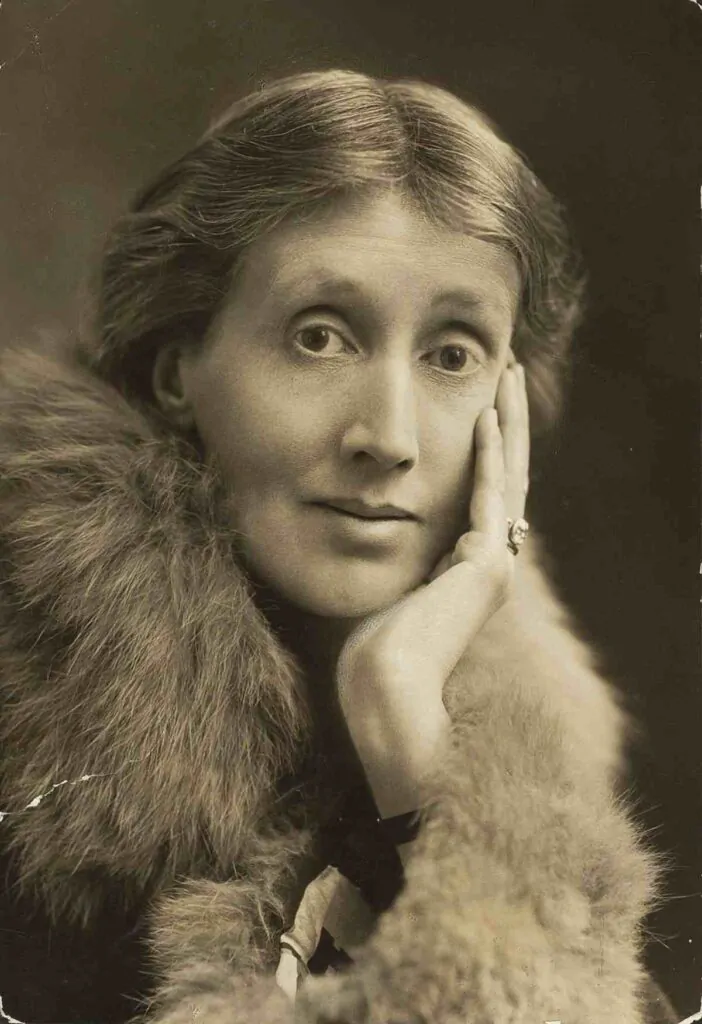
Published in 1925, Mrs. Dalloway is set in London, England, on a single day in June 1923. It follows the lives of several characters, with the main focus on Clarissa Dalloway, a high-society woman planning a party, and Septimus Warren Smith, a shell-shocked World War I veteran.
Like many of Woolf’s books, it employs a stream-of-consciousness narrative, where the thoughts and feelings of the characters are revealed to the reader. The characters struggle with their identity, isolation, and unhappiness throughout the novel. Woolf explores the theme of time and its fleeting nature, as the characters are shown to be preoccupied with the past and the future, with the present moment is often depicted as fleeting and ephemeral.
19. War and Peace by Leo Tolstoy

War and Peace was first published in 1869 and is set in Russia during the Napoleonic Wars. This book tells the story of several aristocratic families, particularly the Bezukhovs, the Kuragins, and the Bolkonskys, and their lives, relationships, and struggles. The novel follows the characters through war, political upheaval, and personal growth.
The novel is famous for its complex characters, historical accuracy, and psychological depth. It depicts the society of the time, the customs, the manners, and the ways of thinking of Russian society. Tolstoy explores themes of love, family, and relationships, as well as the nature of war and its impact on individuals and society. The novel also contains non-fiction treatises on the meaning of human existence and the role of history and free will.
20. The Picture of Dorian Gray by Oscar Wilde
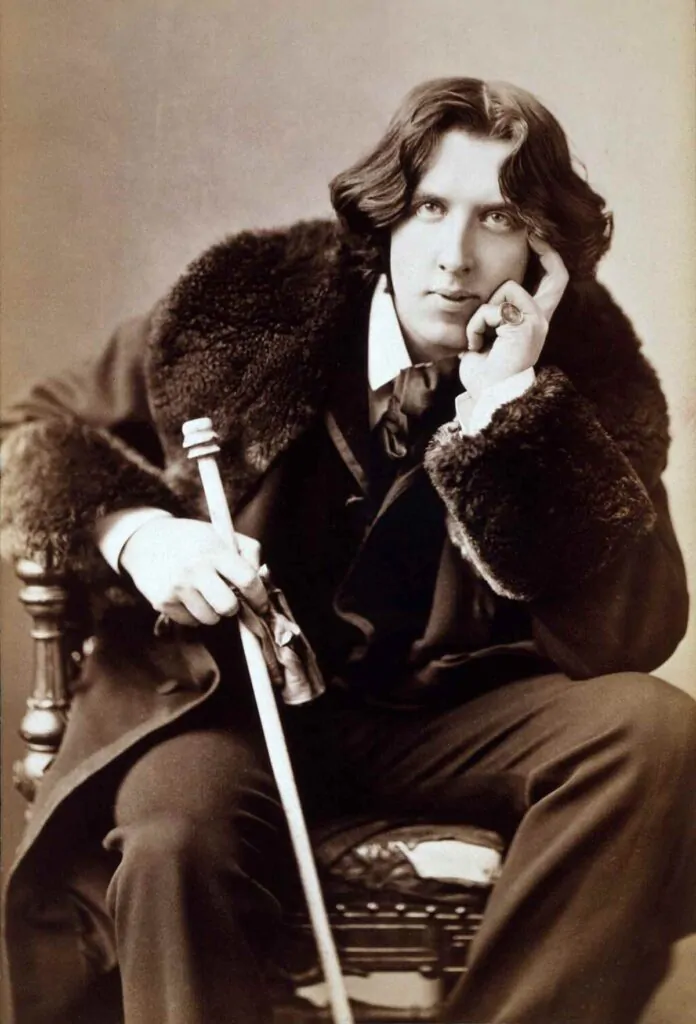
Published in 1890, this novel tells the story of Dorian Gray, a handsome and wealthy young man who indulges in a life of hedonism and pleasure. He keeps a portrait of himself locked in his attic.
Throughout the novel, Dorian is consumed by his desire for beauty and youth, and his pursuit of pleasure leads him to commit terrible crimes, as he becomes increasingly narcissistic and cruel. In the end, Dorian realizes the true horror of his actions and his soul’s ugliness. These insights prompt him to destroy the portrait and end his life. Wilde explores how art can reveal the inner nature of a subject and that true beauty lies in the soul and not in external appearance.
21. One Hundred Years of Solitude by Gabriel Garcia Marquez

Published in 1967, this novel tells the story of the Buendía family, who live in the fictional town of Macondo in Colombia. The multi-generational saga follows the lives of the Buendía family members, their struggles, triumphs, and eventual decline over a hundred years.
A dense read, it’s considered a masterpiece of magical realism, where the fantastical and the realistic elements blend seamlessly, creating a rich and complex narrative. The novel is also political, reflecting the history of Latin America, particularly Colombian history and society.
Marquez explores themes of solitude, memory, and the passage of time, as the characters are shown to be affected by the weight of their history and their inability to break free from the past. If you are interested in reading similar books, check out our roundup of the best dystopian novels!
22. Pride and Prejudice by Jane Austen
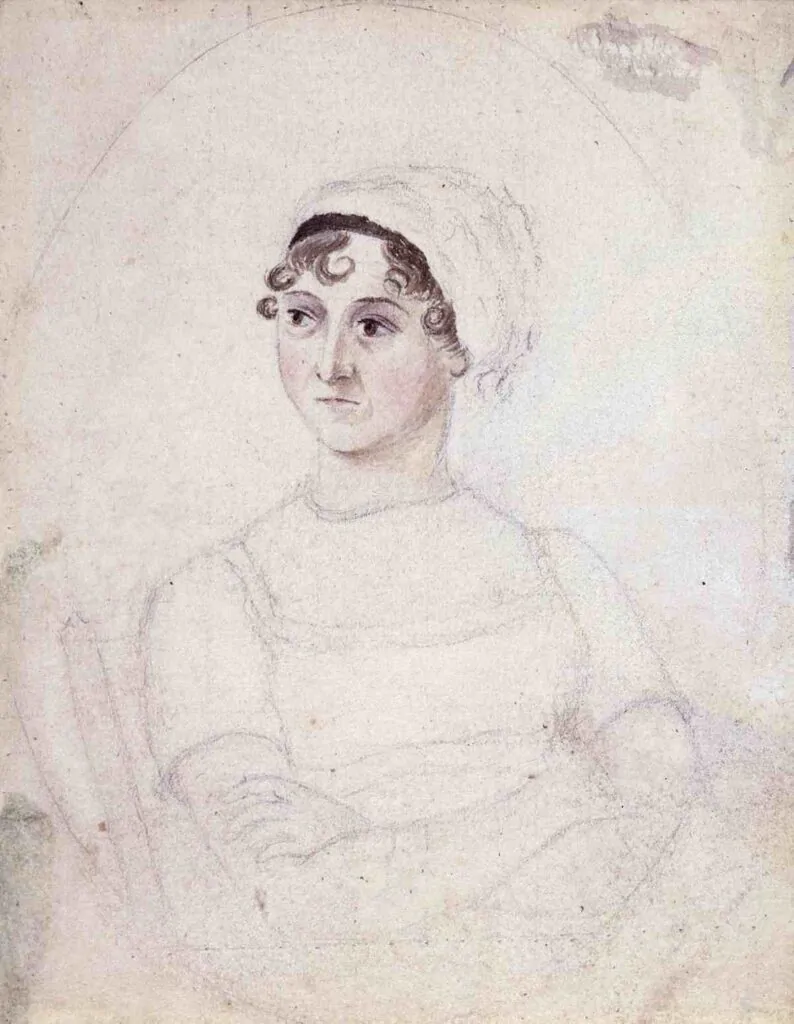
Written in 1813, romantic novel Pride and Prejudice follows the lives of the Bennet family, particularly Elizabeth Bennet, as they navigate through societal expectations and the pursuit of love and marriage in early 19th-century England. Austen explores themes of pride, prejudice, and the societal pressure to marry for wealth and status. The story revolves around the relationship between Elizabeth and Mr. Darcy as they overcome their pride and prejudices to fall in love with each other. It was turned into a film in 1995 and again in 20005.
23. Dracula by Bram Stoker

Written by Bram Stoker in 1897, this gothic horror novel tells the story of Count Dracula, a vampire who moves from Transylvania to England to spread an undead curse, and the small group of people who try to stop him. The novel is written in journal entries, letters, and newspaper articles.
We meet young solicitor Jonathan Harker, who is sent to Transylvania to help Count Dracula with the purchase of an English estate, and his fiancée Mina Harker, her friend Lucy and Dr. John Seward. They fall under the vampire’s influence but eventually join forces to defeat him. Stoker’s novel explores themes like good versus evil, the power of faith, and the dangers of the unknown. For more, check out our guide to the best horror authors.
24. Jane Eyre by Charlotte Bronte
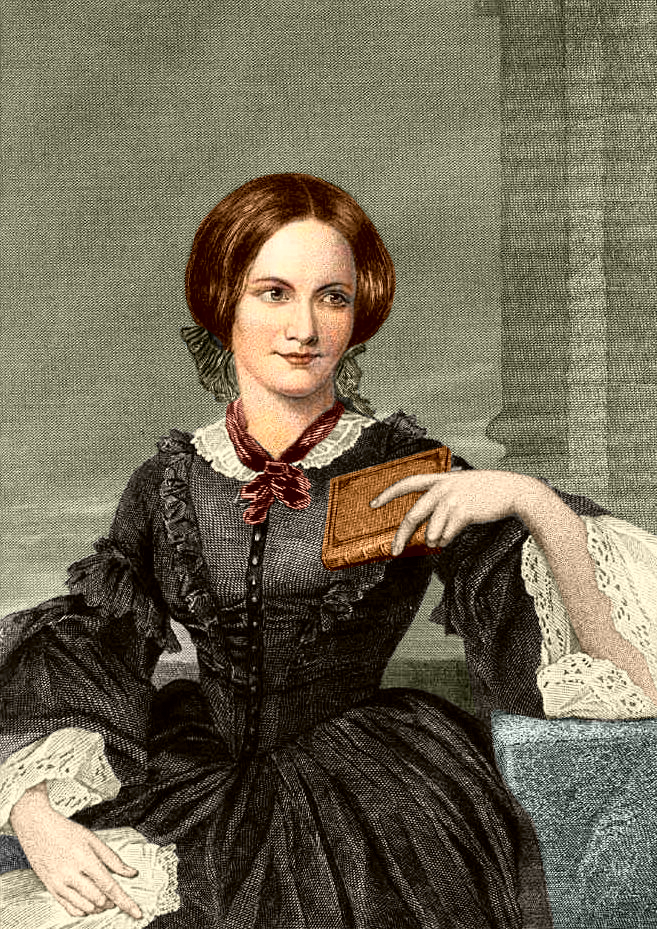
Written by Charlotte Bronte in 1847, this romantic novel tells the story of the orphan Jane Eyre, who becomes a governess at the estate of Mr. Rochester, the wealthy master of Thornfield Hall. The book follows Jane’s experiences at Thornfield, her growing love for Mr. Rochester, and the secrets and obstacles threatening to keep them apart.
We discover Mr. Rochester is already married and locked up his wife in the attic. Jane leaves him, but later she inherits money and returns to Mr. Rochester. He loses his sight and hand when his mad wife burns down his house. They finally can marry and live happily together. Bronte explores social class, gender roles, and the nature of love and family. This classic book has many interpretations. To find out more, read our list of essays about Jane Eyre.
25. The Iliad by Homer

Homer wrote this epic poem in the 8th century BC. It tells the story of the last year of the Trojan War, a legendary conflict between the city of Troy and a coalition of Greek states. The poem focuses on the Trojan prince Hector and the Greek warrior Achilles, the central character. Achilles withdraws from battle after Agamemnon slights his honor, and the Trojans take advantage of his absence to push the Greeks back.
Hector kills Patroclus, Achilles’ best friend, and wearing his armor, which causes Achilles to return to battle, killing Hector in revenge. The poem ends with the funeral of Hector and the fall of Troy. The Iliad is known for its vivid depictions of battle and its complex portrayals of the characters, particularly Achilles, who is of the greatest tragic heroes in literature. For more inspiration, read our guide to famous poems.
26. The Odyssey by Homer
Another 8th-century BC poem by Homer, this epic poem tells the story of the Greek hero Odysseus and his ten-year journey home after the fall of Troy. The poem begins with Odysseus being held captive on the island of Ogygia by the nymph Calypso, and then it tells of his journey home. Odysseus faces many challenges, including the wrath of the sea-god Poseidon and temptations in the form of alluring sorceresses. He must outsmart the cunning Cyclops Polyphemus and deal with the lures of the lascivious Circe and the songs of the deadly Sirens.
Odysseus also faces the challenge of getting his men back home safely. Meanwhile, his wife Penelope and son Telemachus must deal with 108 suitors who have taken over his palace and are trying to force Penelope to marry one of them. Odysseus returns home, defeats the suitors, and reclaims his kingdom.
27. Alice’s Adventures in Wonderland by Lewis Carroll

Lewis Carroll wrote this fantasy novel in 1865. Alice who falls down a rabbit hole and enters a fantastical world full of strange and peculiar characters, such as the White Rabbit, the Mad Hatter, the Queen of Hearts, and the Cheshire Cat. The novel follows Alice as she encounters these characters and goes on various adventures, including playing croquet with flamingos as mallets and attending a mad tea party.
Alice encounters many strange and illogical situations, such as growing and shrinking in size and learns valuable lessons about growing up, reason and the nature of reality. The novel is known for its imaginative and absurdist style and is a beloved classic of children’s literature. It’s inspired many contemporary works, including The Matrix. For more recommendations like this, read our guide to the best fantasy authors.
28. Don Quixote by Miguel de Cervantes

Don Quixote was first published in two parts, in 1605 and 1615. One of the greatest works of literature in the Spanish language, we meet Alonso Quixano, who becomes enamored with the tales of chivalry and romance. He sets out as a knight-errant, under the name Don Quixote, to revive chivalry, defend the oppressed and serve his lady love, Dulcinea. She is a peasant woman named Aldonza Lorenzo, whom Quixote idealizes as a noble lady.
He takes a simple peasant, Aldonza, and renames her Dulcinea. He sets out on a series of adventures, accompanied by his faithful squire, Sancho Panza. The love story is full of irony, humor, and satire and mocks the chivalric romance genre and the society of that time.
29. A Christmas Carol by Charles Dickens

Dickens wrote this novella in 1843. It takes place in London, England, on Christmas Eve, and it tells the story of Ebenezer Scrooge, a wealthy but miserly businessman who hates himself with his wealth and is known for his disdain for Christmas and all things joyful. He is visited by the ghost of his former business partner, Jacob Marley, who warns him that three spirits will visit him: the Ghost of Christmas Past, Present, and Yet to Come.
The ghosts show Scrooge his past, present, and future. He is forced to confront the reality of his actions and the impact on those around him, particularly the poor and the lonely. Thanks to these visits, Scrooge becomes a kinder, more compassionate person. The story is known for its powerful message of redemption and the true meaning of Christmas, and it has become a classic of English literature and a staple of the Christmas holiday season. The Muppets’ film version of this story is pretty entertaining too!
30. Treasure Island by Robert Louis Stevenson

Written by Stevenson in 1883, this classic adventure story tells the story of a young boy named Jim Hawkins, who becomes involved in a treasure hunt for a pirate’s treasure on an island in the Caribbean. The story begins when Jim finds a treasure map in the belongings of an old sailor, and he, along with a group of men, sets out to find the treasure.
The novel’s protagonist is Long John Silver, a one-legged pirate who is initially presented as a friendly and charismatic figure but is eventually revealed as the mutiny’s leader. Jim, his friends, and the mutineers reach the island, where a final battle occurs, and the treasure is found and divided. The novel is famous for its action, adventure, and memorable characters, and it is considered a classic of English literature and a beloved adventure story.
Best Classic Books FAQs
What’s the best-selling classic literature book of all time?
According to Good Reads, To Kill a Mockingbird by Harper Lee is the best-selling classic literature book ever written.
What’s considered the greatest American novel?
According to many literary experts, F. Scott Fitzgerald’s The Great Gatsby is the best American novel.
If you are interested in learning more, check out our roundup of the best dystopian novels!

